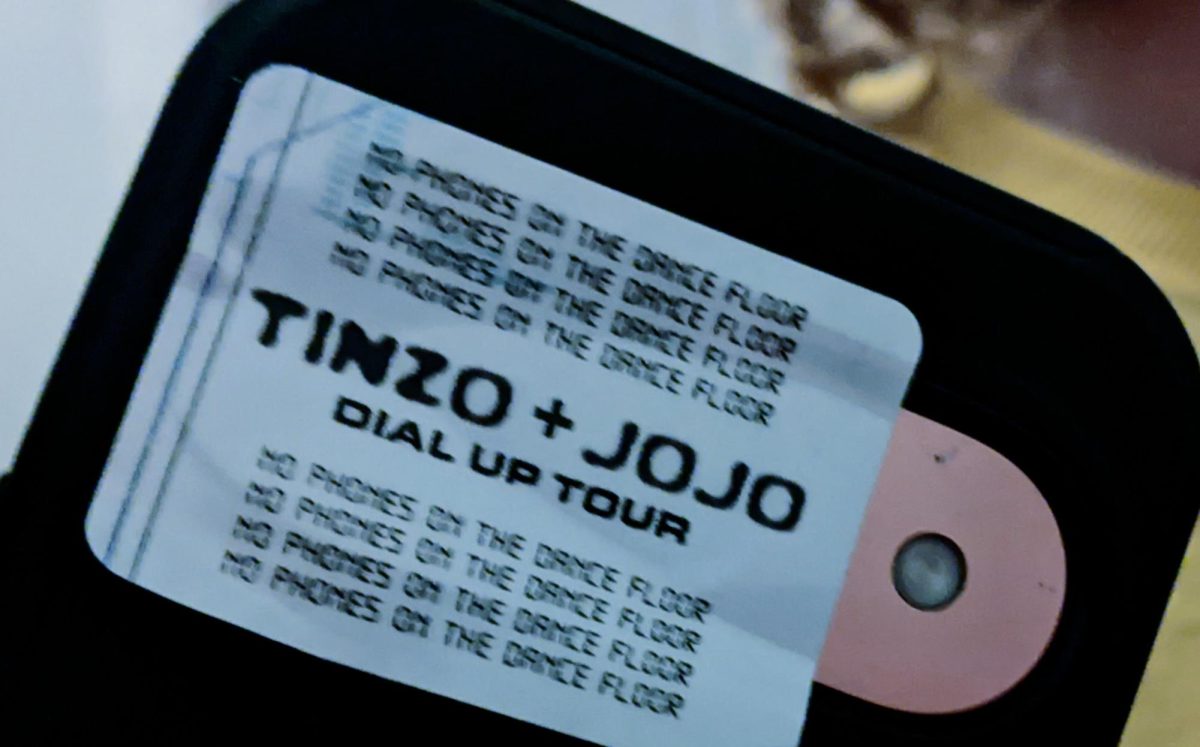Kara Walker has done two things: She’s made a lot of art, and she’s made a lot of noise.
Most recognizable among her equally scorned and celebrated body of works are her silhouettes – paper cut-outs depicting exaggerated, Eurocentric stereotypes of blacks and their white counterparts, akin to those printed on this fibrous newspaper sheet that arrested your ambling eyes, and appearing in the artist’s retrospective, “Kara Walker: My Complement, My Enemy, My Oppressor, My Love.”
“Kara Walker: My Complement, My Enemy, My Oppressor, My Love”
WHEN: Now through May 13
WHERE: Walker Art Center, 1750 Hennepin Ave., Minneapolis
TICKETS: $8, $5 with student ID, www.walkerart.org
The medium’s heritage stretches to 16th century France and came to reside in the United States at the dawn of the 18th century as a popular practice amidst the aristocratic and the bourgeoisie.
But images such as those constituting “Endless Conundrum, An African Anonymous Adventuress,” are, euphemistically stated, confrontational. Needless to say, the image of a colonialist man on one knee, back arched, propping a denuded black man in the air with a pistol lodged in his abdomen, and an elongated, grotesque phallus – or penis, really – is not what one might expect to decorate the parlor.
But Kara Walker, she isn’t out to satisfy the gentry, or anyone, for that matter.
In 1997, Walker’s work stirred considerable controversy in the art world when she was awarded a MacArthur Grant. A group of African American artists belonging to an older generation and led by Bettye Saar perceived her use of stereotypical black imagery as exploitative, and unsuccessfully pushed for the MacArthur Foundation to rescind Walker’s award.
Her snarky response was the work “Do You Like Crème in Your Coffee and Chocolate in Your Milk?” It approaches the issue between white prejudice against blacks and black prejudice against whites with satirical watercolor and colored pencil sketches, including text such as “The Final Solution: How to unfairly stereotype White People,” and then at the bottom, “for balance.”
Her humor reflects her times. It’s appropriately sardonic, playing with the stereotypes in today’s irony-saturated context, just as Dave Chappelle has done on Comedy Central, with similar reactions, both acclaimed and deplored.
Though controversy might pique some interest and sell some tickets, it more pertinently reveals, as does the occurrence of the retrospective itself, our continued sensitivity to the issue. The discourse is, so to speak, alive and well. We’re color sensitive.
The public “Opening-Day Talk” with Kara Walker and her friend and contemporary Laylah Ali last Saturday, was less a revelation of the artist on display as it was the Artist – the concept, big “A” – and its filial bond with us, society, if you will, the parents.
When the forum opened for public questions, those posed concerned, almost exclusively, on the racial divide between white and black.
Our contemporary artist is, however metaphorically, society’s child. It shares its traits, its history, but so too does it rebel, divert and mature. And when it finally assumes its imago form, the parent is recognizable in it, but the child nevertheless obtains its independence.
We wrest with the pain and joy the artist manifests just as the artist might in making it so – proud of what we have made in the world, but fraught by the impending transformation. Prediction is difficult and uncertain. The struggle is exhausting.
Everyone expected the answer from the artist, but who said the artist had the answer?
Then during the question and answer, the messy issue of subversion emerged. In a sobering moment, both artists contemplated the possibility. Finally, Ali admitted futility, tinged not only with an air of depression but going so far as saying that “thinking about it (art as subversive) is depressing.”
But there is even something outmoded to our idea of subversion that is simply incompatible with our bullheaded pursuit of democracy, the democracy that, to some degree, we have achieved. But with everyone standing on even ground, from where does the power structure topple?
The oversimplification of Walker’s art as racial – for it also explores sexuality, femininity, modernity, identity, et al. – in this article and elsewhere, threatens to, in a befittingly ironic reversal, subvert art’s power to subvert by attributing to it an agenda rife with pragmatic expectations.
The choice to use silhouettes nullifies 300 years of technological innovation, and its flattened image deconstructs the ideas of perspective introduced during the Renaissance.
But I don’t contend to know the solutions anymore than Walker did when she cryptically responded in a 1999 interview with Hans Ulrich Obrist of the online Scandinavian art magazine Art Orbit: “We are all working so hard to change people’s attitudes about race, but it’s like handling a wet eel. Something slimy always wiggles free.”
Today, art is a matter of discourse, and even if it can’t subvert, it does incite words, incendiary or otherwise.
To revisit a metaphor, fully aware of the damage I’m dealing this ailing horse, the family structure no longer follows the patriarchal or, more appropriately, the matriarchal model. The parents might ask their children to jump, but the child, far from asking “how high,” doesn’t even budge.
We’ve sent them off to college (that’s bourgeois irony for you); now, let us sit down at the dinner table and talk.







